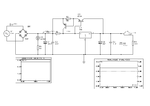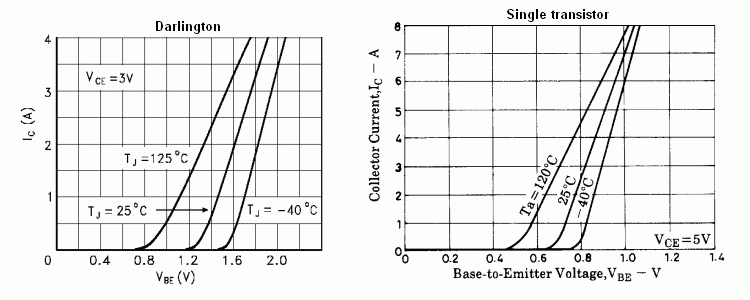jonnybgood
Full Member level 4
Hi,
I have designed and sumulated the power supply attached with current limiting at 2.7A. First i tried using a power PNP for switching (bypassing current) and current limiting. My output voltage was dropping to 8.5 - 8.7V from 9V while current limiting circuit wasn't quite working as calculated. With the darlington BDX54 things are much smother with a dummy load of 3.33Ω which comes from 9V/2.7A current is 2.66A and 8.9V. Can someone explain the advantages of using larger resistors in current limit and bypass circuit. When I tried working with resistor values derived from the switching 0.7V I didn't have good results. Regarding the ripple voltage, is it a convention to set it to 5V when working out the smoothing capacitance
Cap = (I×t)/Vripple ?

I have designed and sumulated the power supply attached with current limiting at 2.7A. First i tried using a power PNP for switching (bypassing current) and current limiting. My output voltage was dropping to 8.5 - 8.7V from 9V while current limiting circuit wasn't quite working as calculated. With the darlington BDX54 things are much smother with a dummy load of 3.33Ω which comes from 9V/2.7A current is 2.66A and 8.9V. Can someone explain the advantages of using larger resistors in current limit and bypass circuit. When I tried working with resistor values derived from the switching 0.7V I didn't have good results. Regarding the ripple voltage, is it a convention to set it to 5V when working out the smoothing capacitance
Cap = (I×t)/Vripple ?

Last edited by a moderator:
